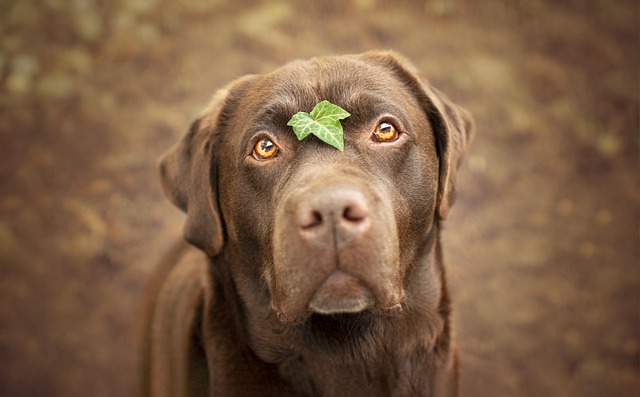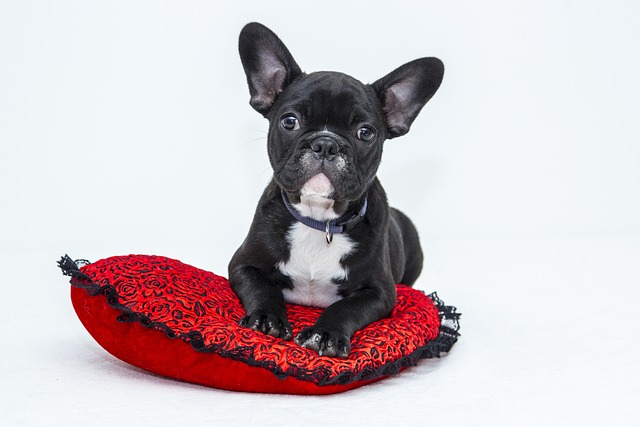
What can I use to moisturize my dog’s paws
Picture your French Bulldog, Bruno, hobbling across a salt-crusted Brooklyn sidewalk in January, licking his cracked paws as you rush him home.
Watching your tiny furball grow is magical, but teething? That’s when those sharp puppy teeth turn your shoes, couch cushions, and even your hands into chew targets. It’s not mischief—their gums itch, and chewing provides sweet relief. The key is finding safe, satisfying items that keep them happy and your belongings intact.
Natural chews like bully sticks and rawhide are popular choices. Bully sticks, made from dried beef muscle, are long-lasting and help clean teeth as your puppy gnaws. Rawhide comes in various shapes but requires supervision; always opt for high-quality, digestible versions to avoid choking hazards. In many regions, regulations govern pet product safety, so look for chews labeled “FDA-compliant” or from reputable brands to ensure they meet strict quality standards.
Rubber toys designed for teething are a vet-approved option. Brands like Kong offer durable, hollow toys you can stuff with peanut butter or wet food, turning chewing into a fun challenge. The texture soothes sore gums, and the mental stimulation helps prevent boredom. Just check regularly for wear and tear—discard any toy with loose pieces to avoid ingestion risks, which aligns with animal welfare guidelines on pet safety.

Frozen treats work wonders, too. Freeze a damp washcloth, or fill an ice cube tray with diluted low-sodium chicken broth. The cold numbs tender gums, and the soft texture is gentle on emerging teeth. But be cautious with dairy; many puppies are lactose-intolerant, so skip the ice cream. Offering these treats responsibly not only eases discomfort but also builds trust between you and your furry friend.
Vegetables can double as healthy chews. Carrot sticks, celery stalks, or cucumber slices are crunchy yet gentle. They’re low in calories, high in fiber, and safe if your puppy swallows small pieces. Just make sure to cut them into appropriate sizes—avoid long, thin strips that could pose a choking risk. This aligns with local regulations promoting pet nutrition and safety in food choices.
Avoid common pitfalls, though. Hard bones, like those from beef or pork, can splinter and damage teeth or cause internal injuries. Stuffed toys with small parts—eyes, noses, or buttons—are choking hazards. And while it’s tempting to let your puppy gnaw on old shoes, the smell can encourage chewing on your current footwear. Always prioritize safety over convenience; your local animal control may enforce laws against providing hazardous items to pets.
Finding the right teething items is all about balance—soothing your puppy’s discomfort while keeping them safe. Each chew or toy is a chance to bond, whether you’re watching them tackle a stuffed Kong or sharing a frozen treat. As they grow out of this phase, those chewed-up slippers will be a funny memory, replaced by a well-behaved adult dog. But for now, embrace the chaos and choose wisely to make teething a little easier on both of you.

Picture your French Bulldog, Bruno, hobbling across a salt-crusted Brooklyn sidewalk in January, licking his cracked paws as you rush him home.

You’re out for a morning walk, and your pup suddenly stops, lifting a paw like it hurts. When you kneel to check, you notice their paw pads—usually tough and rubbery—are dry, cracked, and flaking.

Picture your Boston Terrier, Max, blinking excessively with crusty residue around his eyes after a windy walk in Chicago. That gritty discomfort might signal dry eyes (keratoconjunctivitis sicca)

You’re relaxing after work when your Beagle, Daisy, paws frantically at her ear, whining as brownish gunk stains your apartment’s rug.

Discovering your dog constantly shaking their head, scratching their ears, or noticing an unusual odor is worrying.

It’s a common scene for new dog owners: you’re tossing a ball in the backyard, and as your pup races back, tail wagging a mile a minute, they suddenly grab your arm with their mouth.